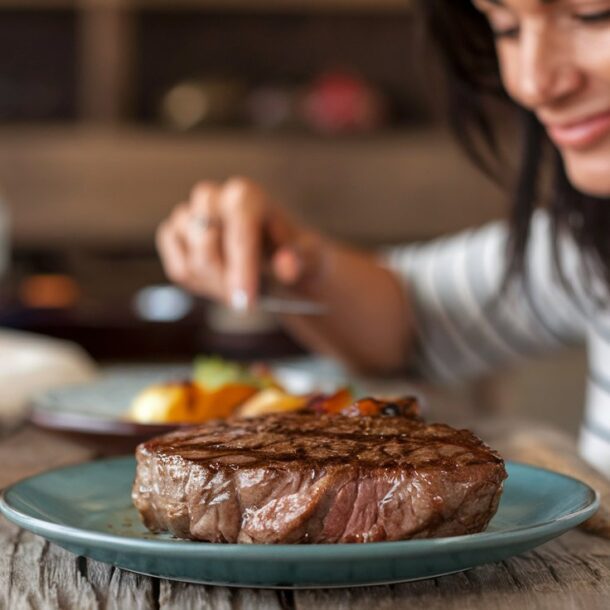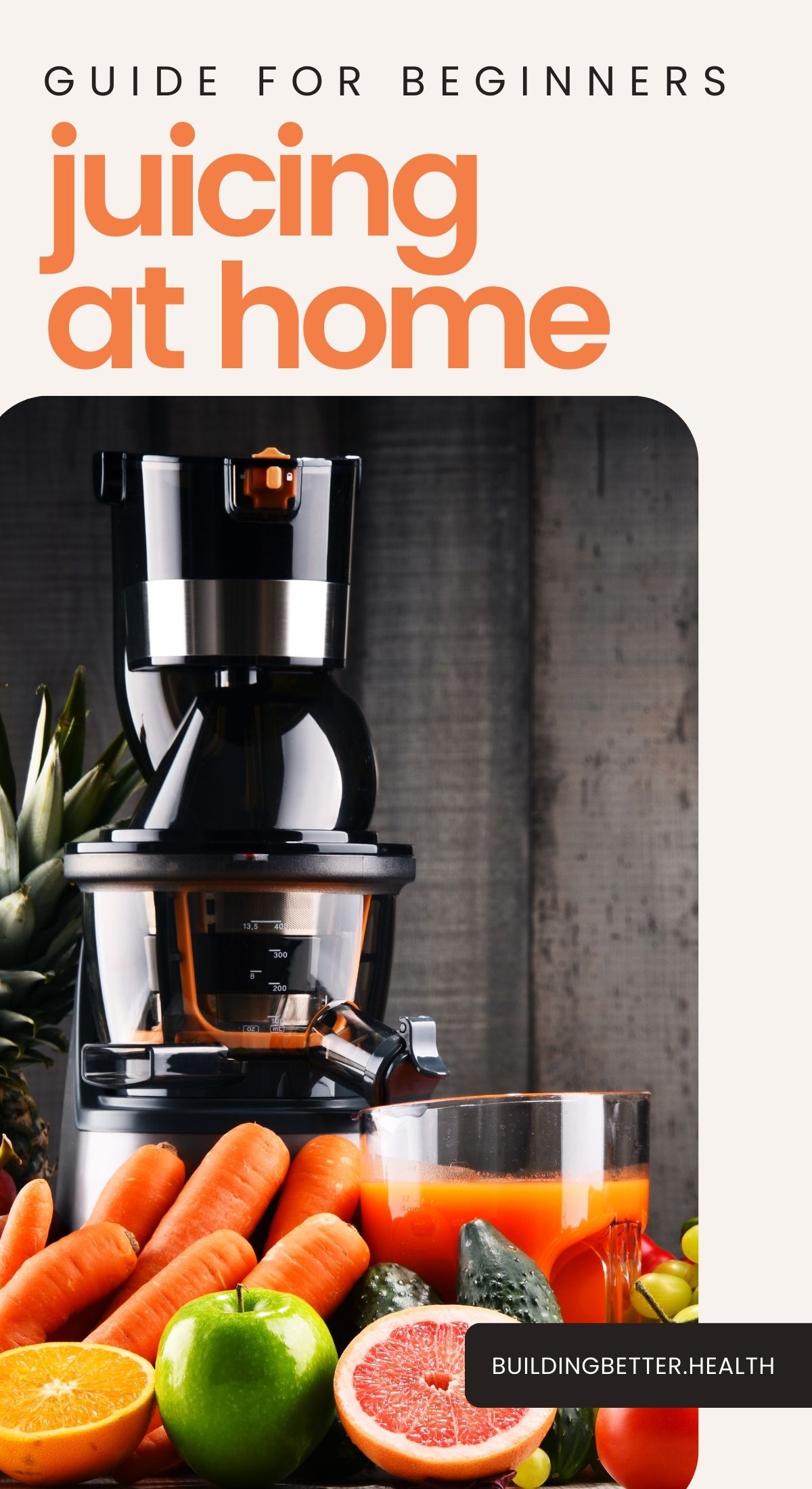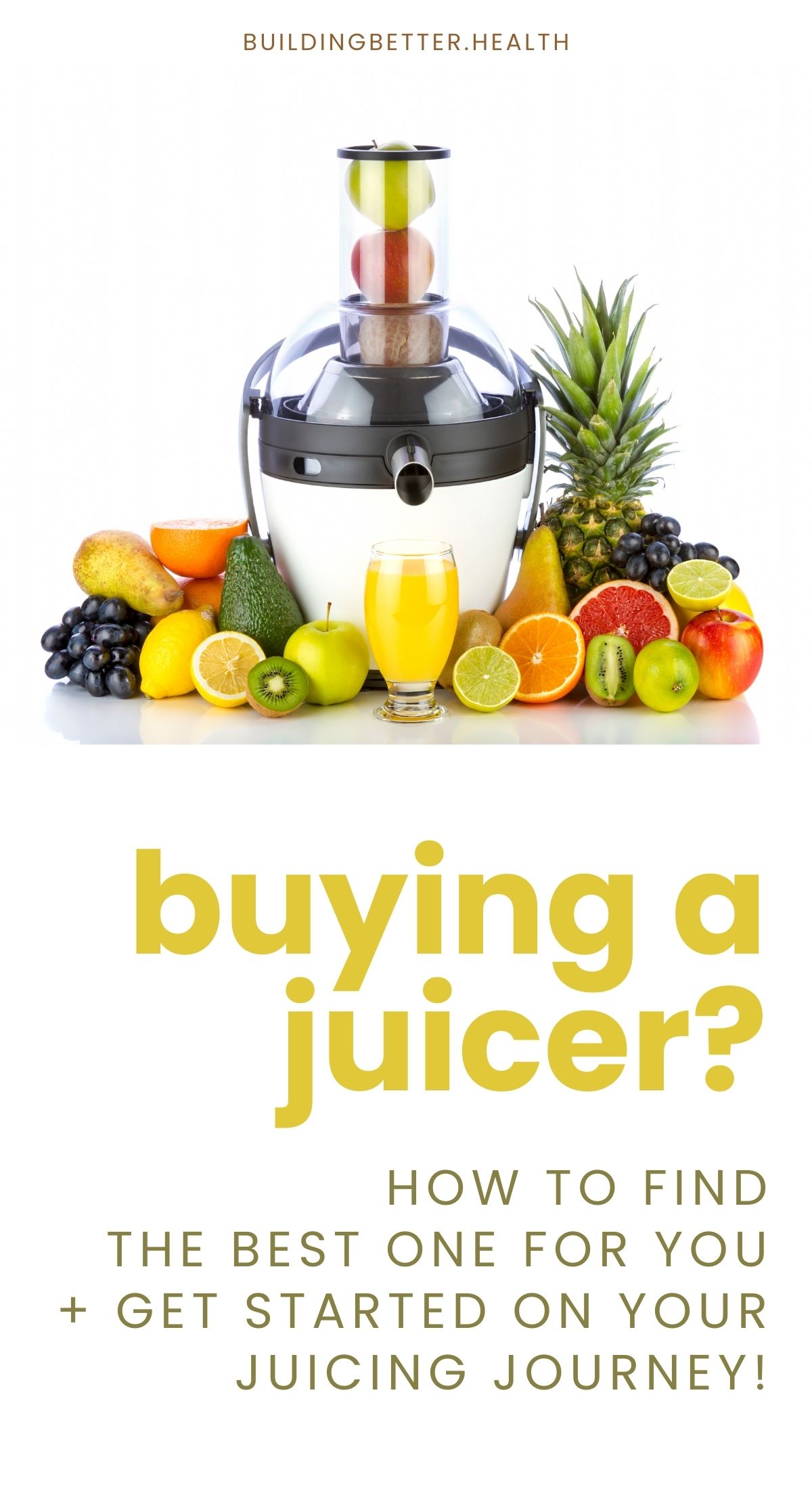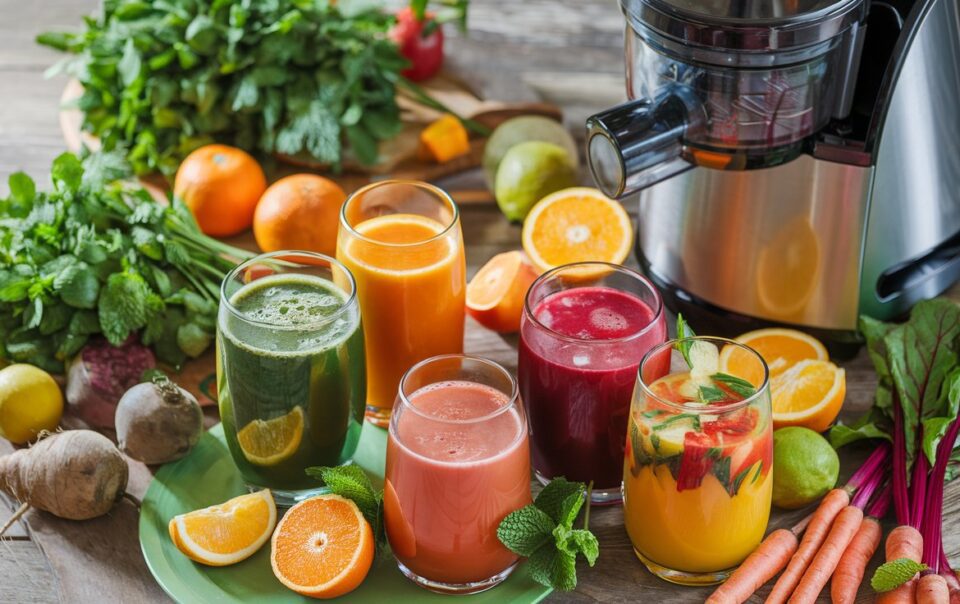
Please note: This website contains affiliate links. As an Amazon Associate, we earn from qualifying purchases at no additional cost to you.
Juicing sounds amazing—vibrant fruits and veggies turned into liquid gold that boosts your health in one delicious sip. But if you’ve never done it before, the process can feel a little intimidating. What kind of juicer do you need? What should you juice? And how do you make sure it doesn’t turn into a sugary disaster?
The good news? Juicing is easier than you think. With the right tools, some simple tips, and a little creativity, you’ll be whipping up your own nutrient-packed juices in no time. Let’s dive into everything you need to know to start juicing today.

What Is Juicing and Why Should You Try It?
Juicing is the process of extracting liquid from fruits and vegetables while leaving behind the pulp and fiber. The result? A concentrated drink packed with vitamins, minerals, and antioxidants.
Benefits of Juicing:
- Nutrient Boost: Juices deliver a high concentration of nutrients in a single glass.
- Hydration: Many fruits and veggies have high water content, keeping you hydrated.
- Easy Veggie Intake: It’s a great way to sneak more greens into your diet.
Keep in Mind:
Juicing isn’t a magic fix or a replacement for whole foods. While it’s a fantastic addition to a healthy diet, you’ll still need fiber and protein from other sources to stay balanced.
What to Look for When Buying a Juicer
Before you start juicing, you’ll need the right equipment. Here’s a quick breakdown of your options:
Centrifugal Juicers
- Pros: Fast, affordable, and widely available.
- Cons: Lower juice yield and nutrient retention; tends to be noisy.
Masticating Juicers (Cold Press)
- Pros: Retains more nutrients, extracts more juice, works well for leafy greens.
- Cons: Slower and pricier than centrifugal models.
Key Features to Consider:
- Ease of Cleaning: Look for juicers with dishwasher-safe parts or minimal crevices.
- Size: If counter space is tight, choose a compact model.
- Noise Level: Quieter models are ideal for early mornings.
Budget Tip: If you’re just starting out, try a more affordable centrifugal juicer before investing in a masticating model.
Tips for Juicing Success
- Start Simple
Stick to basic combinations, like carrot and orange or apple and spinach, to get the hang of balancing flavors. Check out our easy juicer recipes for beginners. - Balance Flavors
- Sweet Fruits: Apples, pears, and pineapples add natural sweetness.
- Tangy Citrus: Oranges, lemons, and limes brighten the flavor.
- Earthy Greens: Spinach, kale, and cucumber add depth without overpowering.
- Prep Your Produce
Wash everything thoroughly and chop fruits and veggies into sizes that fit your juicer. Remove seeds and pits, but no need to peel thin-skinned produce like apples or cucumbers. - Focus on Veggies
Fruits are delicious, but they can spike your sugar intake. Aim for a 3:1 ratio of veggies to fruits for a balanced juice. - Drink Fresh
Juice is best enjoyed immediately for maximum flavor and nutrients. If storing, use an airtight container and refrigerate for up to 24 hours.
Common Mistakes to Avoid with Your Juicer
- Too Much Fruit: It’s easy to overdo it with sweet fruits. Balance them with greens and low-sugar veggies.
- Skipping Cleanup: Juicers can be tricky to clean if you wait. Rinse parts immediately to avoid stuck-on pulp.
- Expecting Miracles: Juicing is a tool for better nutrition, not a cure-all for health issues.
What You’ll Need to Get Started
- A Juicer: Choose a centrifugal or masticating juicer based on your needs.
- Fresh Produce: Stock up on versatile options like carrots, apples, cucumbers, and leafy greens.
- Storage Jars: Mason jars or BPA-free containers are great for storing leftovers (if you have any).
FAQs About Juicing for Beginners
Q: Do I need to peel fruits and vegetables before juicing?
A: Most produce doesn’t need to be peeled, but remove tough skins (like citrus) and pits for a smoother juice.
Q: Can I store juice for later?
A: Fresh juice is best enjoyed immediately, but you can store it in the fridge for up to 24 hours in an airtight container. Shake well before drinking.
Q: How much juice should I drink daily?
A: Start with one 8–12 ounce glass per day. Juices are a supplement to your diet, not a replacement for meals.
Q: What’s the difference between juicing and blending?
A: Juicing removes fiber to create a smooth, nutrient-rich drink, while blending keeps the fiber for a thicker, smoothie-like texture.
Conclusion
Juicing doesn’t have to be complicated. With the right juicer, fresh ingredients, and a little experimentation, you can create delicious, nutrient-packed drinks that fit your lifestyle.
Ready to get started? Grab some carrots, apples, and leafy greens, and fire up your juicer. Your health—and your taste buds—will thank you!

Please note: This website contains affiliate links. As an Amazon Associate, we earn from qualifying purchases at no additional cost to you.











